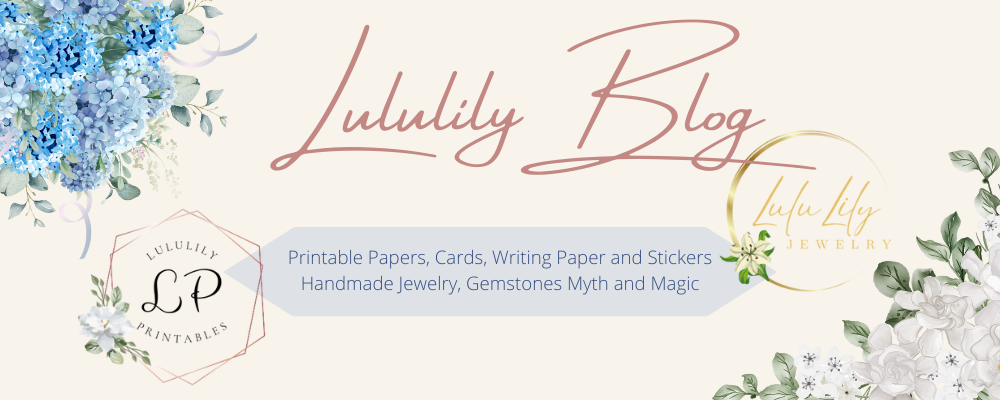Ruby gemstone is the birthstone for July, and is considered symbolic of harmony, peace and nobility.
There is a Gregorian poem for the July birthstone – Ruby. You can find it here. They make a great extra birthday or holiday gift.
If you are thinking about buying a ruby, read this article first to help you make a wise purchase.
The ruby, as with most gemstones, gains value depending on its size, color, and clarity, much of which is determined by the skill of the stone cutter.
The ruby is also a good durable stone for everyday wear, and will not scratch or crack as easily as some other colored gemstones, it rates a 9 on the Moh’s scale, with diamond being the hardest at 10.
Real or Synthetic (Lab Grown)?
There are both real rubies and synthetic or lab grown rubies available in the marketplace. Real rubies are rarer and usually much more expensive. They also will often have inclusions or imperfections within the stone.
It is common for such stones to be ‘filled’ generally with glass or plastic, to cover undesirable imperfections and improve the outward appearance of the finished stone, (this is also true for emeralds).
Rubies as with most gemstones nowadays are often heat treated to enhance both their appearance and/or color.
 |
| Natural Ruby Crystal |
If you are buying a ruby, there are synthetic rubies on the market which have been produced from as early as the mid 1800’s. Many of the rubies found in lower end jewelry are often synthetic, or “lab grown”.
However since their physical, optical and chemical makeup are essentially the same as a natural ruby – they are no less appealing to the eye, just more affordable.
When buying a ruby, ultimately, it is down to personal preference, and how much you can afford to pay for your ruby, the jeweler should also disclose whether your stone of preference is natural of lab grown..
What are Star Rubies?
This is a phenomenon called ‘asterism’ and occurs in stones that are cut encabochon – a smooth rounded stone, rather than faceted. It looks like a star in the stone. In a good quality stone the star should appear unbroken and centered.
 |
| Star Ruby |
If you are in a jewelry store, ask to have a look at the stone through a jewelers loupe, you may be able to see inclusions such as rutile needles, more commonly referred to as silk. These are not always a bad thing since they create the star ruby, or cat’s eye, both of which are caused by the formation of silk.
Rubies are mined in various places but probably the best known are from Thailand or Burma. Thai rubies can vary tremendously in hue and tone, going from a light to a dark red varying degrees of a bluish undertone, giving them a purplish cast and making them look like the much cheaper reddish purple gemstone, the garnet.
While some Thai rubies can have very fine color rivaling the Burmese (these are among the most expensive), most Thai stones fetch much less money than the Burmese, primarily because the color can’t compare.
Ceylon, rubies are also encountered with relative frequency. However, these are usually so pale that in the United States they would be called “pink sapphire” rather than ruby since the tone is consistently so light. The saturation of color is too weak to be technically be described as ruby.
In the United States, the color must be deep enough to be considered red to be called “ruby” while in other parts of the world, the name “ruby” may be applied if the stone falls anywhere in the pink to red range.
Ruby Folklore and Myths
Rubies have long since been associated with power and wealth, and the protection of, which maybe why in many cultures they were considered a stone of Kings, it became one of the most sought after gems of European Royalty and upper classes.
The rubies powers were also believed to extend to personal protection if a stone was worn on the left side (heart), allowing the wearer to live peacefully and guaranteed health, wealth, wisdom and success in love.
Hindus often leave gems and jewelry as a ceremonial offering, ancient Hindus believed that those who offered fine rubies to the god Krishna, would be granted rebirth as emperors
This post may contain affiliate links. Please read our disclosure for more info.
